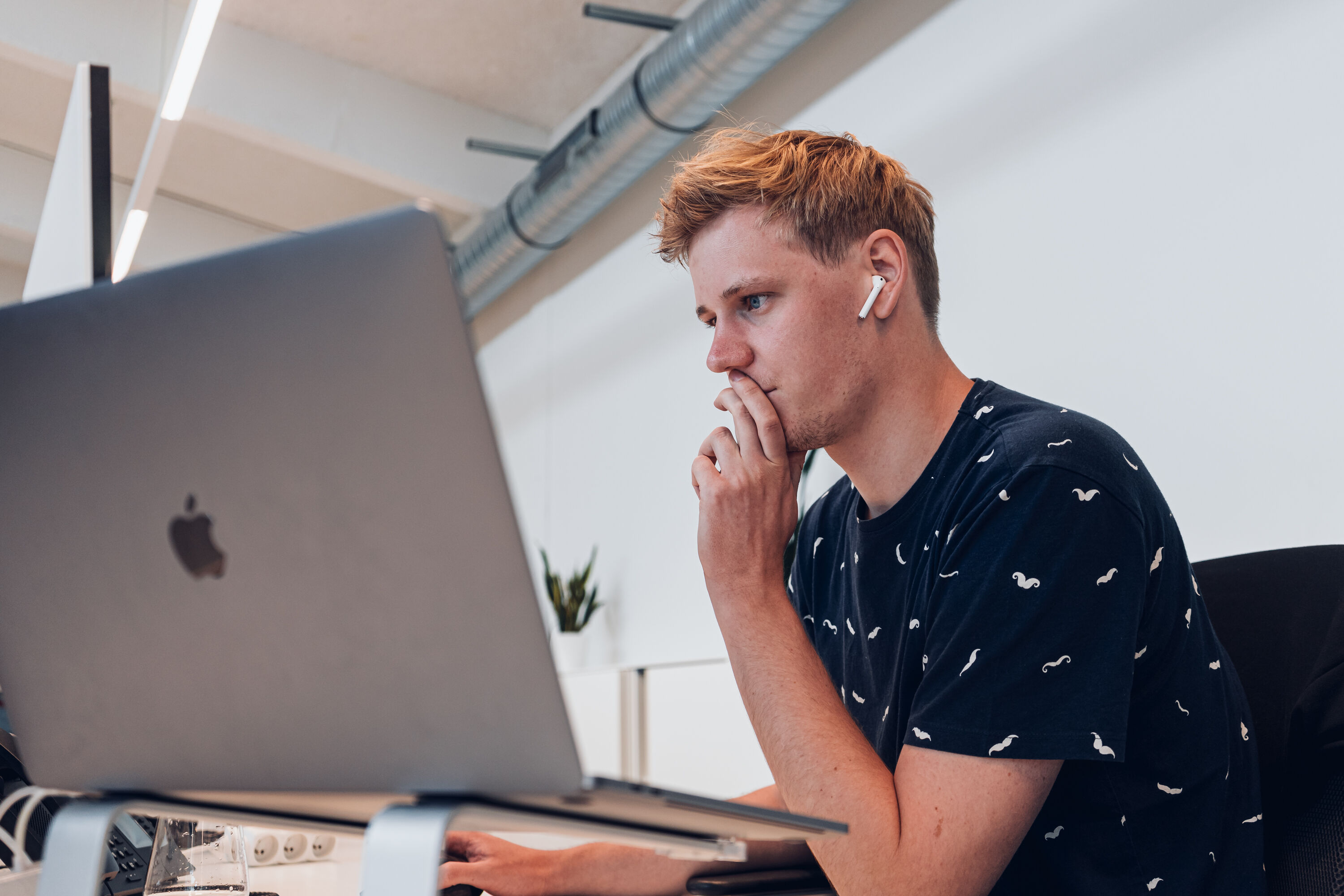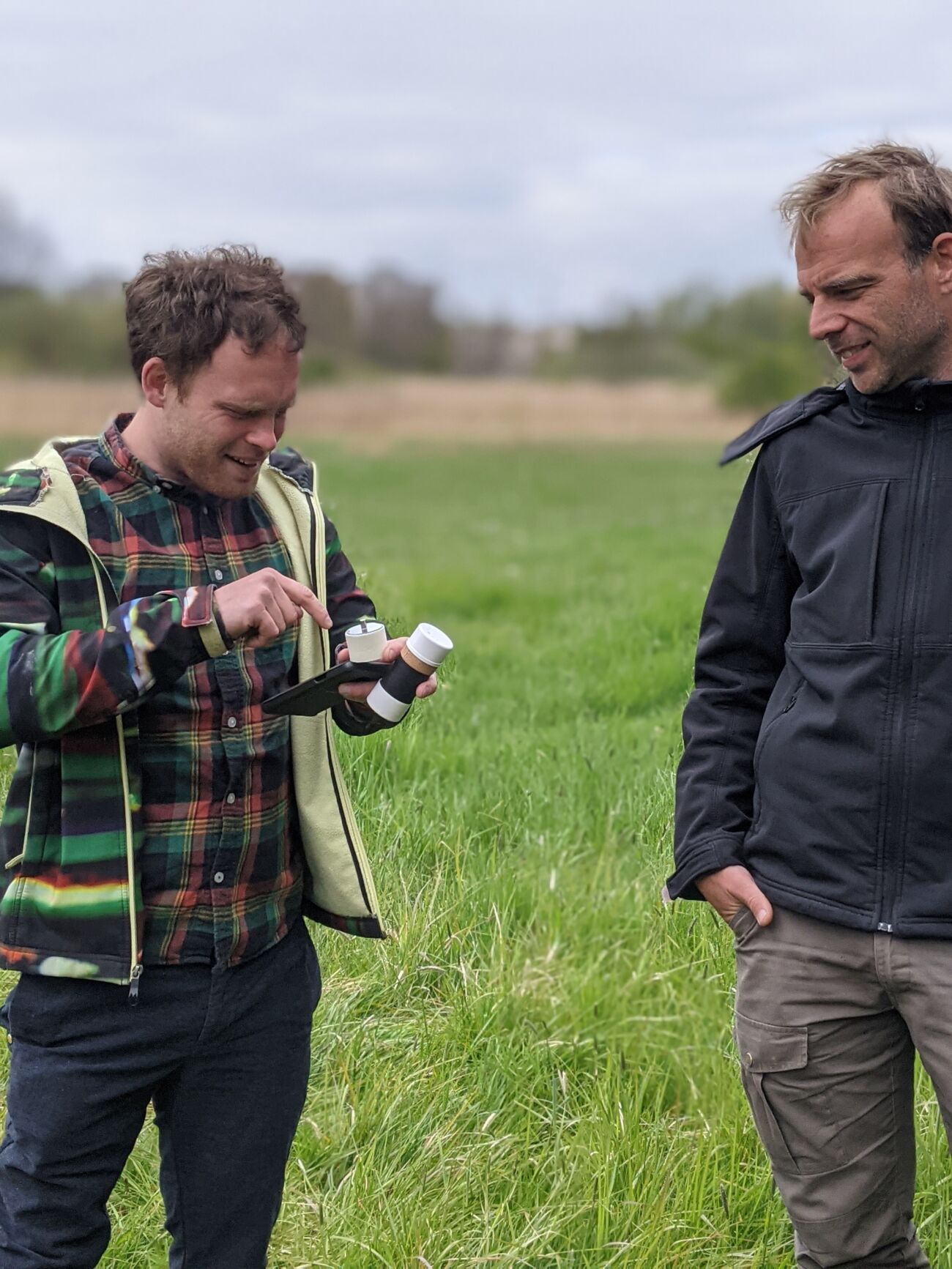We’ve all seen (and heard) them flying around, drones; the newest toy of many people. Whether it is for taking holiday pictures, shooting movie scenes, or checking “illegal” garden gatherings (good old lockdown memories), we can’t ignore the fact that they are hot and happening both in the recreational and in the business scenery. Recently we tested out a new project with drones, together with Upper Level, a project in Photogrammetry. Let’s share our insights and learnings with you.
First things first; what is photogrammetry
Photogrammetry is a technique that has existed for more than 50 years and has always been performed with aircraft. For several years now, drones have also been used successfully to set up photogrammetry. Using photogrammetry, you can map a certain area or digitize a certain object. By programming a drone flight over a particular area or around a particular object, engineers can map and digitize the area or object to a precise scale. Flying in parallel lines with a small overlay, the drone is programmed to take pictures every few meters. These photos are juxtaposed to create a digital twin.
If you want to know the absolute position of an object in a larger area, you will need to work with a drone with an RTK (Real Time Kinematic). This is more accurate than a GPS, to ensure that we can precisely determine the location of that particular object. While drone measurements will not be as accurate as if they were taken manually by a surveyor, in some cases it is proving to be a cost- and time-saving method.
Creating Digital twins on a whim
Photogrammetry can be used for many different purposes, but one of the things we are particularly interested in is creating digital twins using photogrammetry. As technology evolves, a lot of manual tasks can be replaced by digital means. Just think about the whole Metaverse idea where everything exists in a virtual world. It takes time to create digital twins of existing places, areas, and objects if you want to do this manually, but by flying a drone over or around the object you can save a lot of time and money.
Not only do we see opportunities in this extremely new way of living digitally, but we also see it in our customers' daily business. For example, we have a close collaboration with a company that does bridge inspections. Today they have to take their boat to go under the bridge and inspect it, soon they can simply fly their drone around the bridge and have it detect cracks and weak spots.
Another customer wants to digitize their workspace so that employees can set up virtual meetings in a "real meeting room." Instead of measuring each room individually and recreating it in a 3D program, they can simply use photogrammetry and convert those photos into a virtual world, a digital twin of their office.
As you can see, we believe in the power of photogrammetry, especially with the evolution towards more and more digitalization. It will save us a lot of time and effort and therefore a lot of budget.
Photogrammetry; tested and approved
Together with Upper Level, we set up a test project to see how we could use photogrammetry to digitize certain objects and turn them into 3D visuals without taking manual measurements. For this project, Upper Level planned a drone flight to scan and measure their neighbor's roof.
Afterward, they provided us with a series of detailed photos of the roof and preprocessed these pictures into a large point cloud. We were able to easily transform this cloud into a detailed 3D model of the roof. Tested and approved, check!

Use case of photogrammetry
Photogrammetry is used in many different industries; one interesting use case has been tested in the agricultural sector. The fact that the agricultural sector is still a bit behind on other industries opens up a range of possibilities in terms of digitalization. A recent test project demonstrates how a particular piece of land can be mapped and digitalized using the technique of photogrammetry. By scheduling drone flights over the land in parallel orbits and programming them to take pictures every few meters, these pictures can be compiled into a complete overview of the farmer's piece of land.
Thanks to the very detailed lens of a drone, plants, and vegetables can even be distinguished from weeds. A spray map can be created from this detailed map so that a tractor with sprayers can drive across the land and automatically spray the right amount of pesticide at the right time and place according to the GPS signals. With stricter legislation around pesticides in the EU on the horizon, this way of working can save farmers a lot of time, energy, and ultimately money.
Source: https://www.pix4d.com/industry/agriculture

